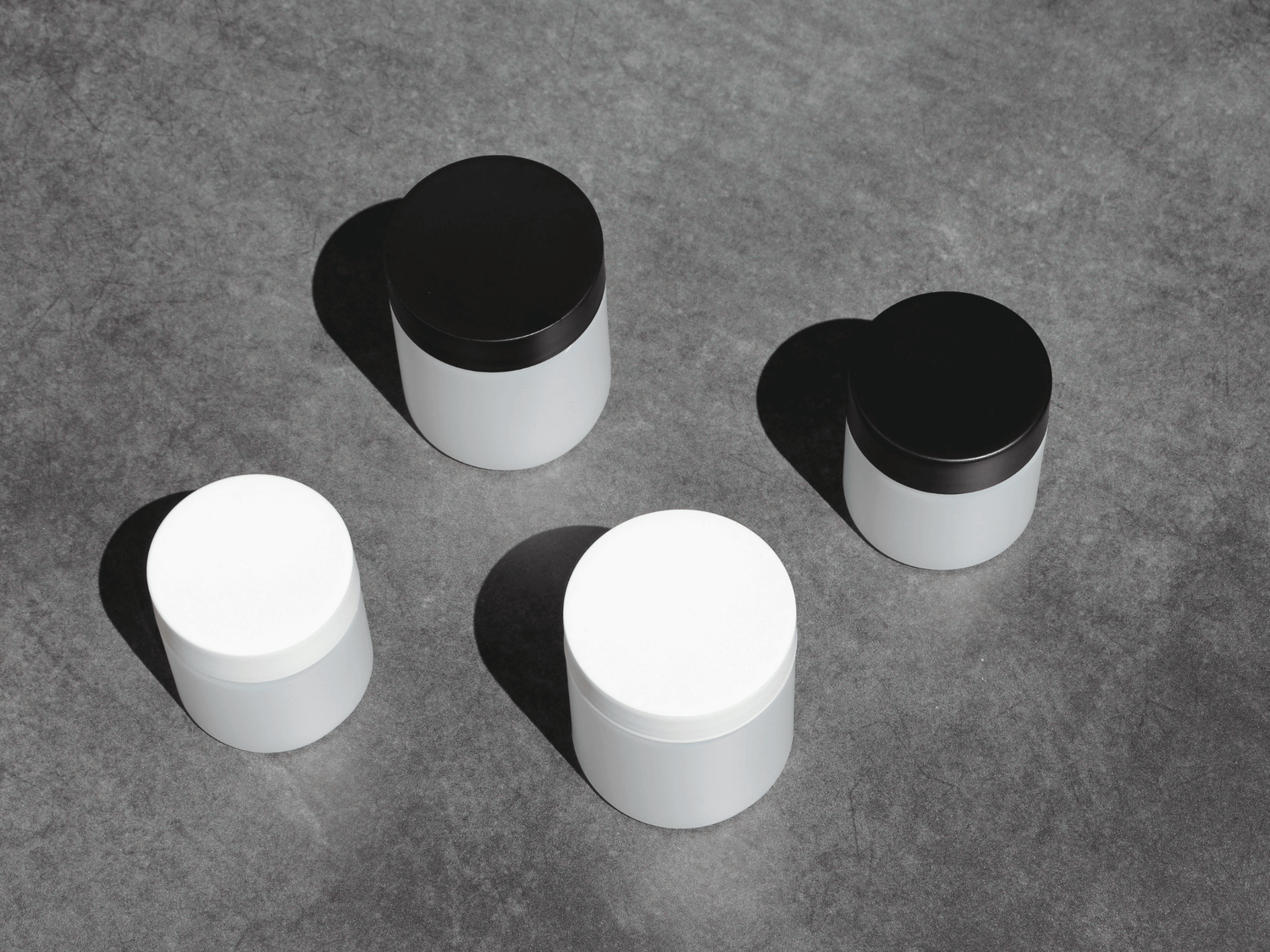
There are 7 standard plastic types which are then divided into colours. These colours are green, yellow and red and they indicate whether a plastic is considered recyclable. Have you ever spotted what look to be recycling logos on your plastic products? Despite this common misconception, the numbers contained in these logos represent the type of plastic used to create that product.
Read below to dive deeper into these plastic types and find out how you can recognise and appropriately dispose of them.
Please note that different councils around Australia are only able to recycle certain plastic types depending on standard procedure and availability. Therefore, some plastic types that can be recycled in one council area may not be recyclable in another. You can check out your local council website to confirm.

PET (PETE): Polyethylene Terephthalate
Most commonly used plastic material, often found in packing for beverage bottles and cleaning products. PET vessels are blow moulded and therefore have a gloss like reflective finish. Recycled PET is commonly referred to as rPET.

HDPE: High Density Polyethylene
HDPE is another very common plastic that has a low risk of leaching into foods or liquids. It's mostly used in yoghurt cups, milk bottles, and shampoo bottles.
HDPE vessels are extruded and therefore have a more opaque and naturally matte finish. 'Soft touch' can also be added to the material when it is extruded which provides a premium soft matte and cloudy/frosted finish.
Recycled HDPE is commonly referred to as PCR (post-consumer recycled).

PVC: Polyvinyl Chloride
PVC contains harmful chemicals that are linked to various illnesses. PVC therefore is not used in the packaging industry and is typically used in the manufacture of plumbing pipes and other similar equipment.
PVC should be recycled through the proper channels and not disposed of through curb side recycling.

LDPE: Low Density Polyethylene
LDPE is both a safe and clean plastic that is easily recognised by its flexibility and thinner texture. LDPE is commonly found around the house presenting in single use plastic bags, plastic wraps and disposable freezer food containers. Think of all the products you have that can be scrunched into a ball - those are usually made from LDPE.
While LDPE can't be recycled through curb side recycling, in the past, companies such as RedCycle would collect bags of LDPE in certain grocery stores that were then recycled free of charge. Unfortunately these services are no longer operational.

PP: Polypropylene
PP is another safe plastic that is sturdy and often found in bottles, containers and most closures. It has an appearance most similar to PET and is recyclable through curb side programs.

PS: Polystyrene
Polystyrene is an extremely popular plastic found in cups, packing materials and many disposable dinnerware products. Polystyrene is known to leach and is generally considered non-recyclable unless using the proper channels.

OTHER: Miscellaneous
The other category is made up of all plastic types that do not fall into the other 6 categories. This category can also be used to refer to mixed plastics or items made from PLA or sugarcane.
While ABS (Acrylonitrile butadiene styrene) doesn’t have its own category it’s a very common plastic used in caps. ABS is often used in place of PP as it is a harder and glossier plastic that provides a piano like finish and denotes a premium product. You can determine which plastic is used in your cap by squeezing the sides of the skirt/collar. If it bends in easily its PP but if it has some resistance, it’s ABS. Still unsure? Check for ridges in the sides of the skirt and if these are present your cap is made from PP.